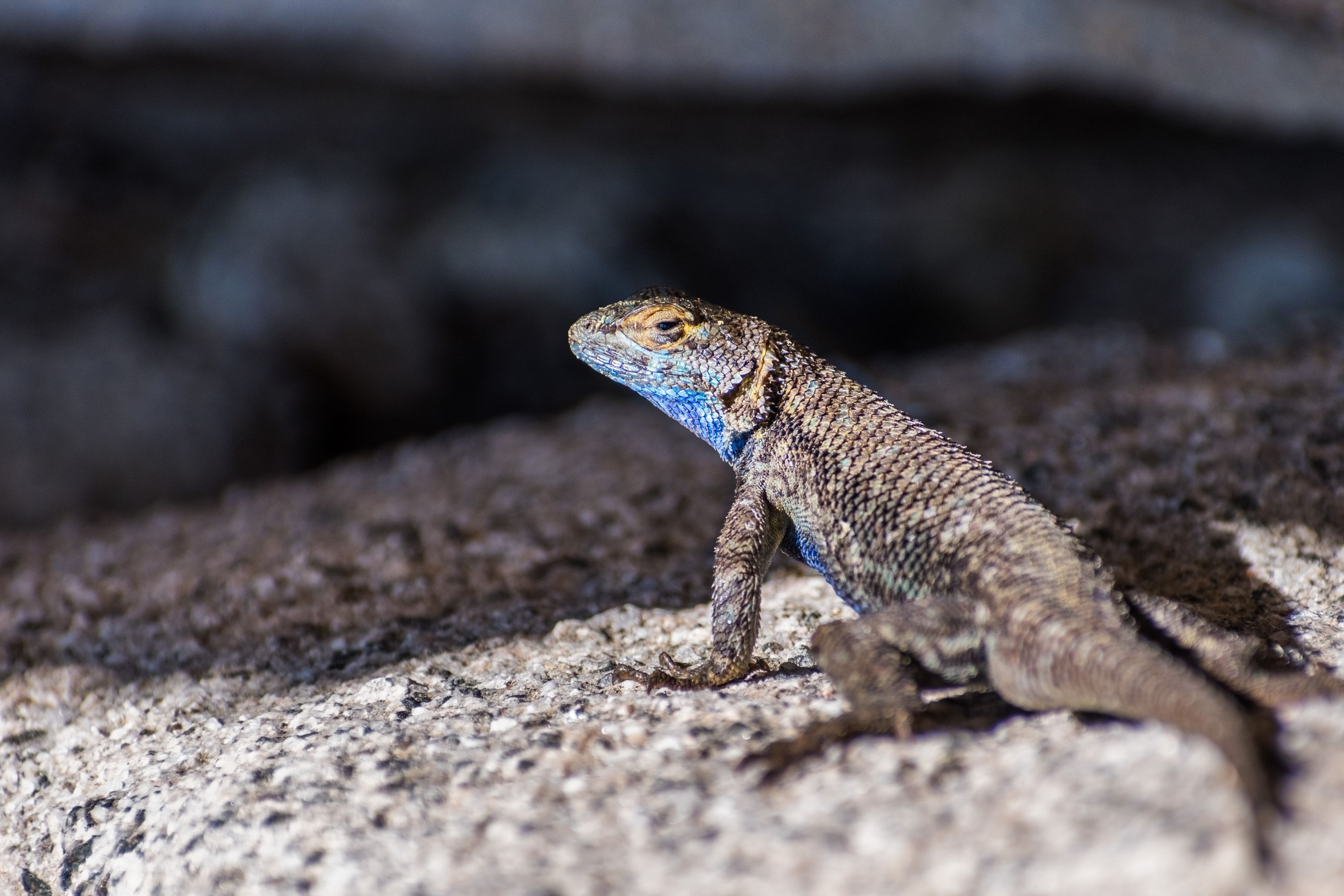Western fence lizard
(Sceloporus occidentalis)

Description
The western fence lizard (Sceloporus occidentalis) is a common lizard of Arizona, New Mexico, California, Idaho, Nevada, Oregon, Utah, Washington, Northern Mexico, and the surrounding area. As the ventral abdomen of an adult is characteristically blue, it is also known as the blue-belly. It is a member of the genus Sceloporus (the spiny lizards). Although California is the heart of the range of this lizard, it is also found in eastern and southwestern Oregon (some populations are found even north of Seattle, Washington), as well as in the Columbia River Gorge, southwestern Idaho, Nevada, western Utah, northwestern Baja California, Arizona, and some of the islands off the coast of both California and Baja California. There is also an isolated population in the Northwestern Tualatin Valley, around Henry Hagg Lake. The western fence lizard occupies a variety of habitats. It is found in grassland, broken chaparral, sagebrush, woodland, coniferous forest, and farmland, and occupies elevations from sea level to 10,800 ft.They generally avoid the harsh desert and are often found near water. As of now, the western fence lizard is listed as unprotected, and no conservation restrictions apply. Western fence lizards measure 5.7–8.9 cm (snout-vent length) and a total length of about 21 cm. They are brown to black in color (the brown may be sandy or greenish) and have black stripes on their backs, but their most distinguishing characteristic is their bright blue bellies. The ventral sides of the limbs are yellow. male blue belly lizards also have blue patches on their throats. This bright coloration is faint or absent in both females and juveniles. In some populations the males also display iridescent, bright turquoise blue spots on the dorsal surface. The scales of S. occidentalis are sharply keeled, and between the interparietal and rear of thighs, there are 35–57 scales. Many other lizards have similar bright-blue coloring. The eastern fence lizard, S. undulatus, instead of having one large patch on its throat, has two small patches. The sagebrush lizard, S. graciosus, lacks yellow limbs and has smaller dorsal scales. S. occidentalis also resembles the side-blotched lizard, Uta stansburiana. However, the axilla of U. stansburiana usually has a black spot behind it and it has a complete gular fold.
Taxonomic tree:







